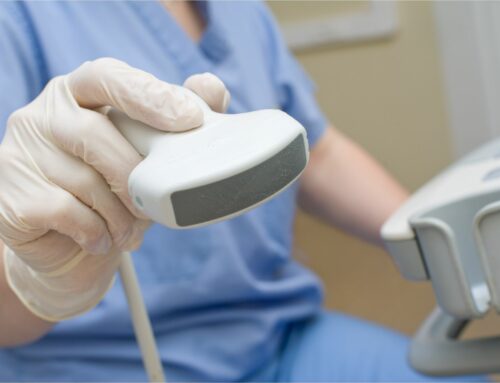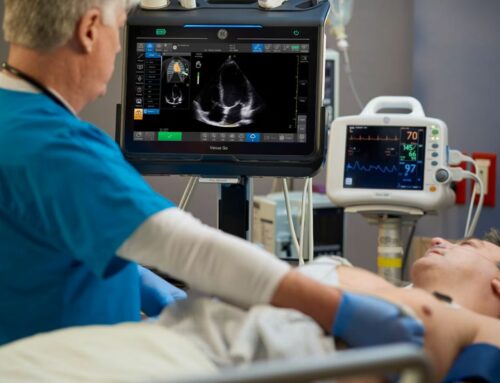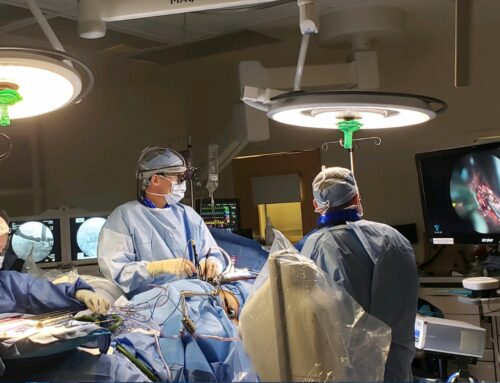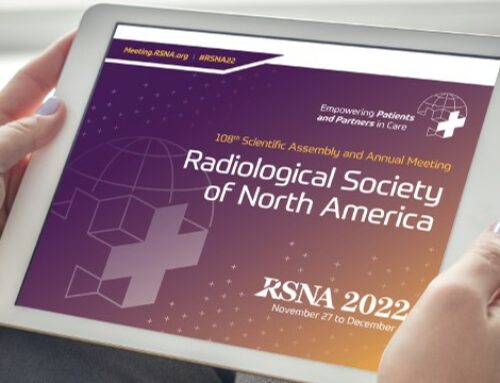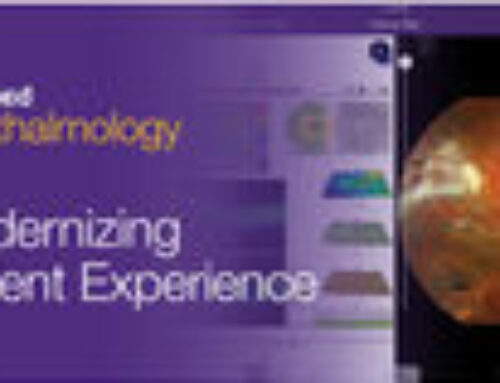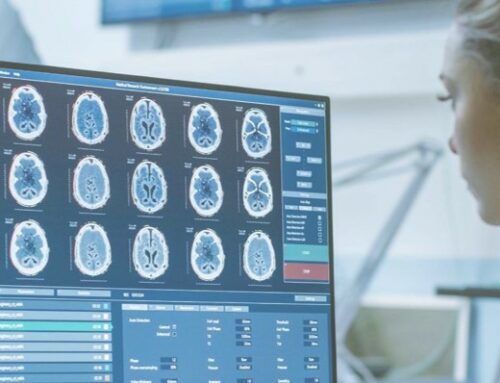By John Freeland – Managing Partner, Freeland Systems LLC |
In the field of cardiology, time is measured in heartbeats – saving time saves lives. The ability to acquire and interpret clinical patient data with just a few mouse clicks equates to less error-prone manual typing, faster response times and improved patient outcomes.
Over the past 20 years, cardiologists have adopted structured reporting workflows to standardize care and improve clinical efficiency. Vital measurements and quantifiable data are captured from clinical imaging exams and displayed in a compact, easy-to-interpret format. This process-driven digital approach eliminates the need for physicians to dictate their findings and allows for report finalization using customizable templates. More recently, artificial intelligence algorithms are being employed to further enhance accuracy and productivity.
Modern cardiovascular image management systems support DICOM Structured Reporting (DICOM SR), a proven industry standard for imaging data exchange. However, DICOM SR stops short at delivering end-to-end report workflow from image acquisition to finalized documentation. While DICOM SR facilitates workflow standardization by transferring linked measurements from an imaging modality onto to the PACS or informatics workstation, it does little to help cardiologists prepare the report conclusions that were ordered by the referring physician.
Because exam reporting plays such an important role in diagnosis and care, Freeland Systems believes it should be more personalized. Our AccessPoint™ Connected Clinical Solutions are centered on “structured workflows”. Structured workflows leverage DICOM SR and extend to create a fully integrated process for imaging professionals and clinicians. It allows physicians and technologists to control all aspects of clinical reporting, from data capture and format to style and phraseology.

Carolyn Linnebur, MD
Report customization isn’t the only reason to adopt structured workflows. A recent study published by Elsevier found that the majority of referring physicians prefer formatted reports to a free-prose approach. Additionally, structured reporting workflows can
maximize reimbursement for diagnostic procedures and help document claims accuracy.
In an effort to evaluate the benefits of structured workflows in a clinical setting, we discussed the streamlined process with Carolyn Linnebur, MD, a cardiologist in Los Alamos, New Mexico, and Zack Edwards, BHSA, RDCS, an echo, stress and vascular lab supervisor in Grand Blanc, Michigan, both users of Freeland Systems clinical workflow applications.
While describing the benefits of Freeland’s AccessPoint™ Connected Clinical Solutions, Dr. Linnebur and Edwards focused on four primary topics: intelligent reporting, artificial intelligence, efficiency, and customization.
1. Intelligent Reporting
Managing an echocardiology lab is challenging and fast-paced year-round, but during the COVID-19 pandemic, the need for quick, accessible reporting became even more essential. The intelligent reporting capabilities in Freeland’s AccessPoint™ solution allowed Edwards and his team to develop an accelerated process.
“Intelligent reporting collects measurements [from the echo system] and converts them into actual phrases in the report. I don’t have to type out the phrasing of those measurements, which cuts down on manual entry and saves me a lot of time. Without all of the typing, I can focus on the actual report and pathologies,” Edwards said.
Even more impactful is that Freeland’s AccessPoint™ is cloud-based. At the beginning of the pandemic, Edwards needed to work from home for a couple of weeks. Fortunately, he was able to stay connected with his team and complete reports quickly.
“Even when I wasn’t at the lab, I could go into the system, review images, and verify the correct pathology. I was able to help doctors make sure they were getting everything done in a timely manner, and because the Freeland solution is full featured all the way, I could still access the drop-down menus and intelligent reporting from anywhere.”
2. Artificial Intelligence
Ubiquitous access to imaging studies, thanks to cloud connectivity, and report formatting flexibility are just part of the full value that AccessPoint™ intelligent reporting offers. With the assistance of Artificial Intelligence (AI) algorithms, echocardiologists and clinicians can utilize their own unique, clinically significant phrases and prepare reports according to their preferences.
“I’m a huge fan of the updated AccessPoint™ phrasing system. It has allowed us to not only manually input our own unique terminology, but I can also adjust the order in which these items are displayed,” Edwards stated. “I’m able to select the terms I use the most and move them to the top of the list. That way, I’m not scrolling through a huge document and wasting time.”
“In addition, the incorporated AI allows each member of my team to prepare reports with their own expressions,” Edwards continued. “That makes it easier to accommodate everybody without bogging down the system.”
3. Improved Efficiency
A recent study published in the Annals of Internal Medicine found that on average, doctors spend 16 minutes and 14 seconds using electronic health records per patient encounter. That equates to more than one hour for every four patients. Although AccessPoint™ isn’t an EHR, it does make it possible for Edwards and his team to streamline the process of drafting preliminary reports.
“AccessPoint™ has made my job much easier. With previous PACS software, it could take up to 20 minutes to prepare a report following an echocardiogram. Currently, I can turn around a somewhat normal test in under 10 minutes, which is pretty incredible.”
Dr. Linnebur concurs, “We use Freeland’s system for all of our echo and ultrasound reporting. The technologist doesn’t have to dictate, which speeds up things considerably. I can click one button and it fills in the report with pre-selected, correctly spelled information. It’s undoubtedly a time saver.”
The time savings and increased efficiency provided by structured workflow extends to the entire organization. “In this line of work, there are days where you get backed up or fall behind. The structured workflow empowers me to complete reports. There’s no running back and forth or interfering with the work of others,” Edwards explained.
Dr. Linnebur has also noticed more efficient workflow. “AccessPoint™ is convenient and easy to use. It also speeds up the reporting process. Once a sonographer fills out a report, they send it to me. After I review and sign the report, it goes into our medical records system and gets sent to the referring physician. That’s it. The process is quick and hassle-free.”
4. Customization
About 29% of physicians say they prefer EHR software that can be customized to specific practice needs. Imaging informatics applications are different from an EHR, but the same concept applies. A clinical workflow solution that allows for personalization of report parameters, format, and flow is highly valued.
“One of my favorite things about Freeland’s system is the customizability,” Edwards said. “We really appreciate that we can get in there and work with them to tweak the service exactly how we like it.”
Wrap Up
The AccessPoint™ Connected Clinical Solutions offer an array of benefits, from intelligent reporting and AI to improved efficiency and customization. These capabilities allow for better patient outcomes, reduced busy work, and a lower risk of burnout.
Dr. Linnebur summarizes, “physician burnout is a terribly prevalent problem. Anything that can help improve speed and accuracy is the way to go. You’re [Freeland Systems] helping us get through the day, and we need all the help we can get.”
To learn more about the benefits of AccessPoint™ Connected Clinical Solutions, click here or call (888) 615-1888.
About The Author
For more than 25 years, John Freeland has been an industry pioneer and innovator of medical imaging technology, most notably in cardiovascular informatics. He founded Freeland Systems LLC in 2004 to improve interoperability and standardized data transfer between imaging devices and clinical information systems. He is respected by and collaborates with leading physicians and major industry manufacturers to advance connected clinical solutions that streamline patient diagnoses and treatment decisions.


